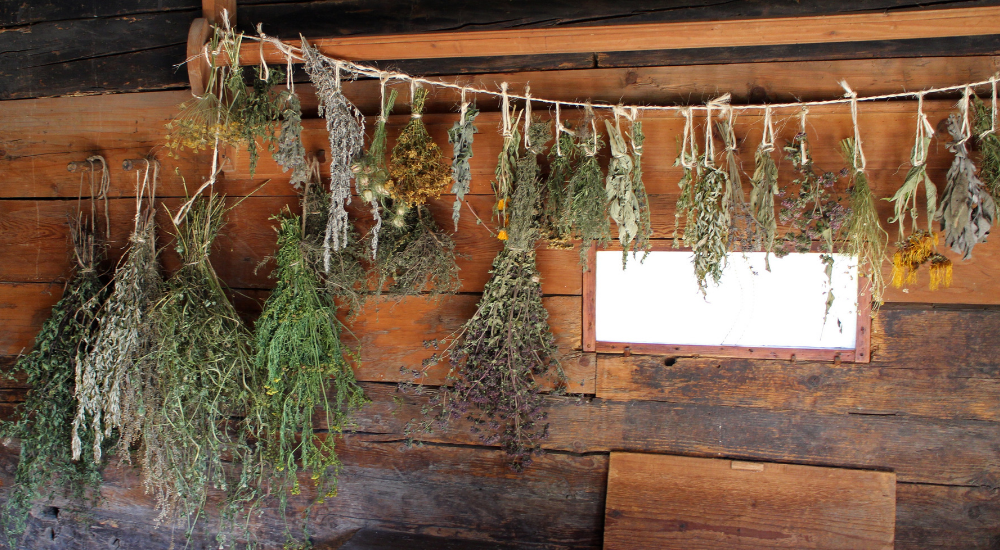
The Native American Indians were very resourceful people, mother earth provided them with the plants that were needed to keep illness at bay. Knowledge was passed on from generations to generations.
Medicine was developed from various herbs and plants. Here are some examples:
Elderberry was used for fever, influenza and lung diseases. The purple berries and the white flowers and woody stems were used. These stems were burnt and the ash smoked and inhaled helping with asthma and bronchitis.
Ash tree – apart from using the strong bark into weapons and tools. The bark was soaked and used as a compress in regards to arthritis and skin infections.
Bayberry was used to help control internal bleeding and could also be used to treat fever, sore throats and dysentery.
Birch Tree – the bark was burnt and used as a poultice to heal skin burns, open wounds, sores and ulcers.
Coltsfeet – found commonly among the plains. The stem was chewed for relief of lung congestion. Uses varied from respiratory issues to healing skin conditions.
False unicorn (also known as Fairy wand) – the root was used for a dose of vitamin C and could cure intestinal worms. The root was also chewed to relieve coughs, headaches, back pain and colic.
Mountain Mahogany – used for relieving symptoms of colds or influenza, lung conditions and could also be used as an eyewash.
Addler’s Tongue – has a similar look to a fern. Can be used for healing wounds, insect bites and burns. A tea can be made helping with lung congestion. To make a type of healing ointment the juice of the herb can be mixed with bee’s wax.
Mistletoe – the mistletoe has many uses not just at Christmas time. Can be made into a tea which is good for hypertension, headaches, lethargy. Also helps with menstrual issues.
Apple Tree – the bark was made into a tea which helped in digestive complaints such as stomach pain, nausea and indigestion. It can also heal internal organs such as the kidney’s and liver.
Beech Tree – if suffering from frostbite, skin conditions like rashes and itchiness, the leaves were placed on the skin. If there was a serious infection such as Gangrene, a tea was made from the dried tree root and applied to the Gangrene and usually stopped the infection in its tracks.
Dogwood – it had amazing quinine properties which helped against malaria. It could stabilise body fluids and fever. It has been said that soldiers of the civil war used Dogwood to help with malaria.
Pennyroyal – mostly flourishes in wild forests. The herb is placed in boiled water, nutrients extracted into water. It is left to cool then it can be placed on the skin to benefit bites, rashes, dry skin conditions, irritation and shingles.
They are just some examples out of hundreds of medicinal herbs that nature provided to the First Nation Peoples.


